About the Valley of the Kings
The Valley of the Kings is one of the most important touristic attractions of the West Bank of Luxor. Situated near the Temple of Hatshepsut and the Valley of the Queens, the Valley of the Kings is the best example of royal necropolises of ancient Egypt.
El Deak Tours presents distinctive tours to the Valley of the Kings in addition to luxurious Nile cruises that sail between Luxor and Aswan, and vice versa.
The Pharaohs believed in the afterlife. This was why they mummified their dead and buried them with all their things in order for the deceased to use them in his life after death in tombs of various shapes and magnitudes.
The history and discovery of the Valley of the Kings
The Valley of the Kings was used for a period that is estimated to be more than 500 years from the 16th until the 11th century BC during the reign of the 18th dynasty of the New Kingdom of ancient Egyptian history until the 20th dynasty.
There are many reasons why the ancient Egyptians chose the Valley of the Kings as their royal necropolis. First, the nature of the mountains at the site enabled the kings to hide their tombs away from the hands of thieves that robbed the items of their tombs for a long period of history.
However, the plan of the Pharaonic kings proved to be a failure. All the tombs of the Valley of the Kings were mostly stolen in different periods, except for the tomb of Tut Ankh Amun, the famous young Pharaonic king whose tomb was discovered intact in 1922 by Howard Carter as the most important archeological finding of the 20th century.
François Champollion, the famous French scientist who was able to discover the meaning of the hieroglyphic language, named this ancient royal necropolis the Valley of the Kings when he visited the site in 1821.
However, the one to be credited with much of the studies of the Valley of the Kings was the British archeologist, John Wilkinson, when he surveyed all the tombs and numbered them as “KV” Kings Valley in 1827.
The most interesting tombs in the Valley of the Kings
The most significant feature of the Valley of the Kings, and all the other ancient Egyptian tombs, is the marvelous colorful wall paintings that represent many aspects of the Pharaonic methodology of the afterlife.
Many tombs at the Valley of the Kings contain many wonderful paintings mainly portraying the owner of the tomb representing the offerings to god and in many other daily life scenes as well.
Perhaps the most interesting tomb of the Valley of the Kings is that of Tut Ankh Amun. Although it is the smallest tomb in the valley, the wall paintings and the story of its discovery make it one of the most remarkable tombs in the Valley of the Kings admired by all travelers who enjoy their vacation in Egypt and spend a couple of days in Luxor.
Other interesting tombs recommended to be explored by travelers who tour Egypt are that of Ramses VI with its impressive walls paintings, Ramses I with its distinctive blue paintings, Ramses VI with its complex decorations and ornaments, and the tomb of Tuthomsis III.

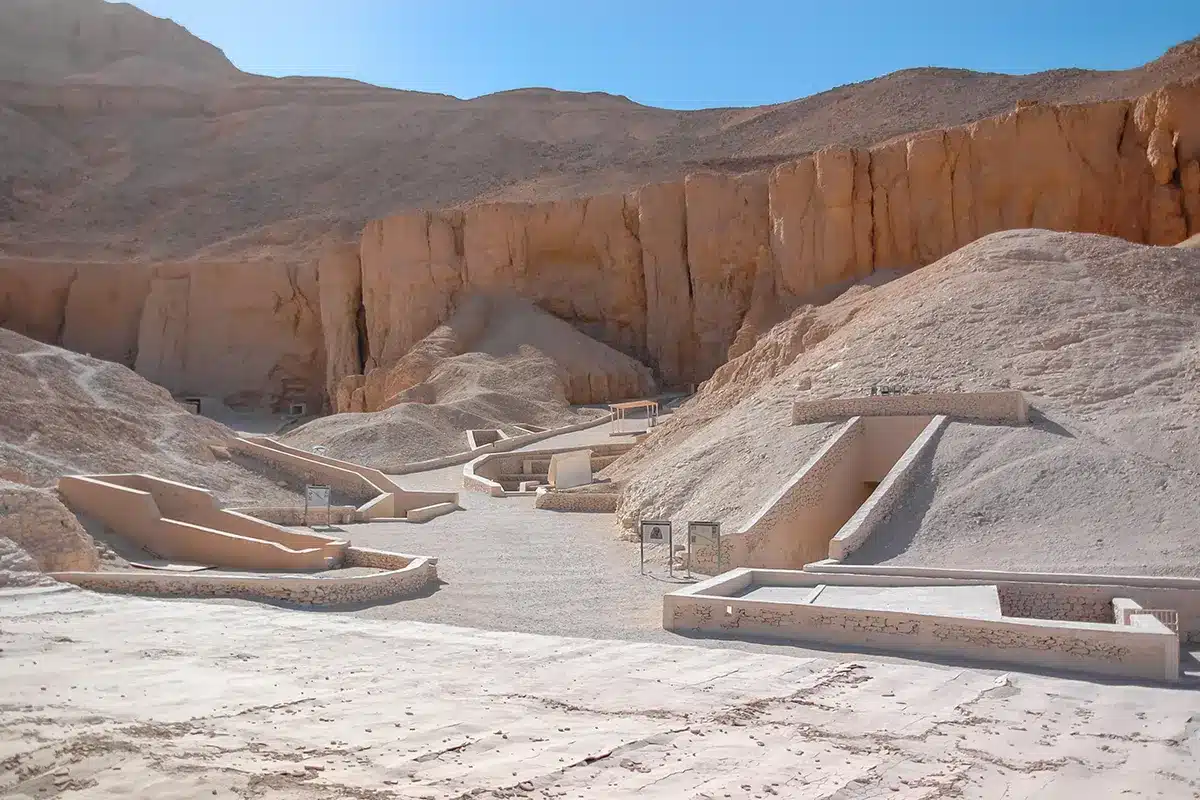
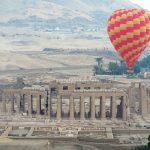
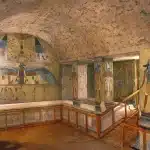
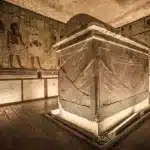
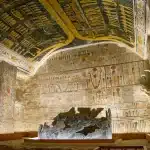
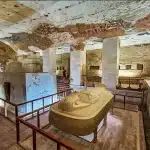

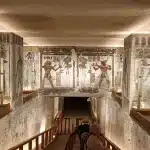
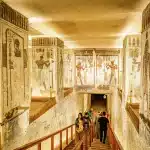

0 Comment